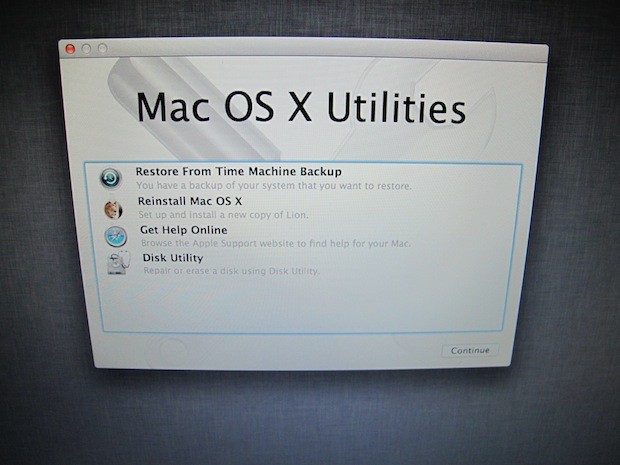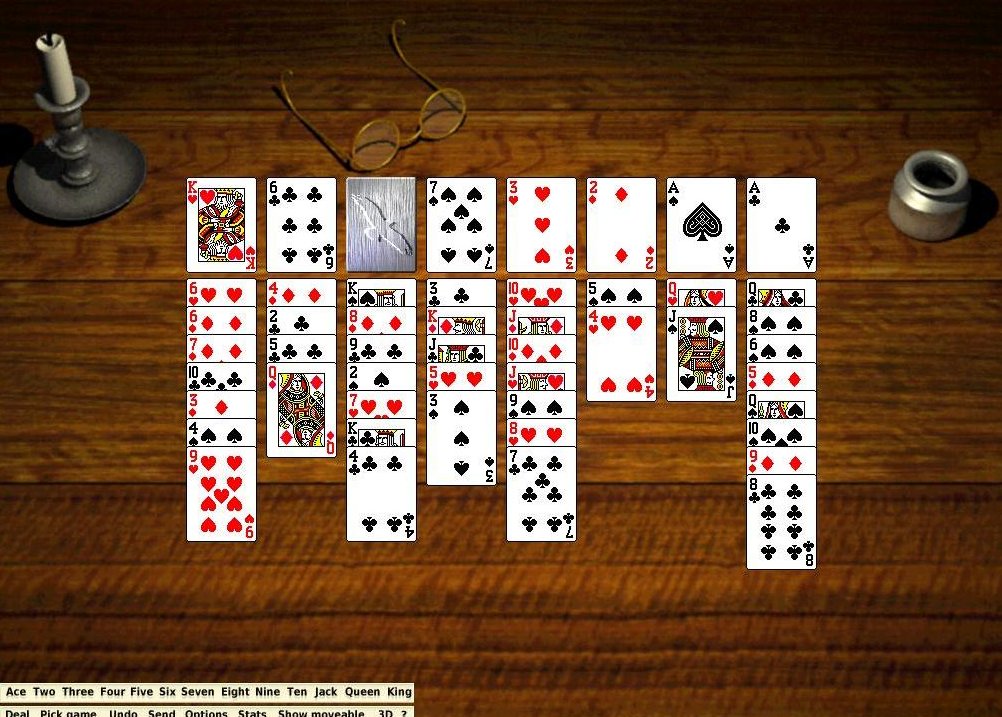From the all-in-one solution of disk space analyzers to macOS’ own built-in offering, we’ve found the best ways to keep your system in tip-top condition.
How to check disk space on Mac
Most of the things that take up disk space on Mac can’t be seen from a top-level overview, but it’s worth keeping a close eye on how much space you have available. You can do this by clicking on the Apple icon in the top-left corner of the screen and selecting “About This Mac.” Select “Storage”, and you’ll see where space is being taken up.
If disk space is at a premium, turn to the following apps to get rid of the things you no longer need, using a Mac disk cleanup. Disk space analyzers are fantastic tools for finding out what is taking up so much space on my Mac.
Basics of the First Aid tab in OS X Mavericks. If you suspect that something’s not quite right with your Mac, the First Aid portion of Disk Utility should be among your first stops. Use First Aid to verify and (if necessary) repair an ailing drive. To use it, click the First Aid button on the left side of the Disk.
:max_bytes(150000):strip_icc()/mac-safe-boot-5c41e13046e0fb0001ac4ae4.png)
- Or, you can boot your system from the original Mac OS X installation CD and run Disk Utility from the Installation menu. Your start-up disk is automatically verified and repaired (if necessary) during the boot procedure, so you really don’t need to worry about checking the start-up disk.
- OS X Disk Utility Terminal Hard Drive The Disk Utility application is a powerful tool for keeping the drives that are connected to your Mac happy and healthy. But there are situations in.
Before you take action, ensure none of your files will disappear when you clear disk space. Download Disk Drill for free and stop worrying.
Free Download on SetappHow to clear disk space on Mac
1. Clear disk space on Mac with CleanMyMac X
CleanMyMac is the go-to disk space analyzer for over three million people worldwide, particularly for those who want to know how to free up space on your Mac?
And for good reason — it does all the heavy-lifting for you, leaving you with the simple task of clicking a single button to free up space. The app uses a “Smart Cleanup” feature to perform a deep scan of your Mac, analyzing the System, Large and Old Files, Mail, iTunes, Photos, and Trash bins, freeing up 64GB of space on average. Without an effective disk cleanup Mac, you could end up with too much junk taking up too much space.
Using the CleanMyMac Dashboard, you can check the disk space and free up RAM, ensuring your Mac runs smoother and faster.
How to make free space on Mac with CleanMyMac
The simplicity of CleanMyMac is its outstanding feature. To clear disk space, all you need to do is:
- Launch CleanMyMac X (download it for free here).
- Click on Smart Cleanup from the sidebar menu.
- Click on Scan and then Clean.
Mac Os Check For Updates
That’s it!
In the sidebar menu, there are options to scan and clean applications individually using the same “Scan” and “Clean” method.
2. Clean up duplicate disk folders on Mac with Gemini
Duplicate files such as edited documents, photos, or Photoshop files can accumulate rapidly. But they’re hardly ever needed. Rather than trawl through your system trying to perform a disk cleanup manually or risking the loss of potentially useful files in a blanket cleanup, use Gemini to find and delete files safely.
Like CleanMyMac, Gemini has its own “smart” scan and cleanup feature to speed up the process. The app works through your photos, iTunes, documents, and files to find duplicates that can be removed. It also picks out similar files that probably don’t warrant two copies.
Everything that Gemini finds is placed in a neat interface where you can examine individual files to decide which to keep and which to purge. If something is deleted in error, you’ll still be able to find it in amongst recently deleted files for quick restoration.
3. Visualize disk space with Disk Drill
“The storage option is useful, but what is really taking up space on my Mac?”
Disk Drill can see how to check disk space on Mac.
Disk Drill does exactly what its name suggests: drills down into your disk to analyze and help you visualize what’s hogging space. From a familiar Mac-like interface you can delve into files and delete anything that isn’t needed in a few clicks.
There’s also a useful feature that lets you clean up local folders that are synced with your Google Drive or Dropbox accounts, as well as the ability to identify and remove duplicate files à la Gemini.
If you want to keep a close eye on system performance and carry out a Mac disk cleanup as soon as available space is under threat, Disk Drill includes a feature called S.M.A.R.T. Once enabled, S.M.A.R.T monitoring tracks space, performance, and drive temperature from an icon on your desktop.

4. Use macOS Sierra’s Optimized Storage to see what is taking up space on your Mac
Finally, to make sure things keep on ticking over nicely, make use of macOS’ own Optimized Storage feature. This is another way to see how to check free space on Mac.
Granted, this feature doesn’t offer the heavyweight cleaning capabilities of a CleanMyMac, but it’s useful nonetheless.
By clicking on Details from within Storage, you’ll have access to four features: Store in iCloud, Optimize Storage, Empty Trash Automatically, and Reduce Clutter.
While emptying the trash and reducing clutter are simple ways to free up a small amount of space, Store in iCloud is the outstanding feature. This allows you move items from local storage and save them to your iCloud account.
From Store in iCloud, simply check the boxes for Store files from Desktop and Documents in iCloud Drive and Store photos and videos in iCloud Photo Library. All of your files will then be synced to the cloud. You can then use a Mac disk cleaner to get rid of the locally stored duplicates.
The Optimize option is also useful if you happen to have movies or TV shows that you’ve watched on iTunes. By enabling Optimize, previously watched media will be automatically removed from your computer and kept in iTunes where you can download them again if you get the urge to give a show a rerun.
Keep your disk space under control
A full hard drive results in a slow running, overheating Mac. The best way to keep your system running smoothly with plenty of room for files is to keep on top of disk space. Use these apps to analyze disks and perform routine cleanups.
These might also interest you:
Mac OS X Snow Leopard offers a First Aid pane. This feature of Disk Utility lets you check almost any disk for errors, as well as repair any errors that it finds. Here are the two exceptions when the buttons are disabled:
The start-up disk: Disk Utility can’t repair the start-up disk, which makes sense if you think about it, because that drive is currently being used.
If you have multiple operating systems on multiple disks, you can boot from another Mac OS X installation on another drive to check your current start-up disk. Or you can boot your system from the original Mac OS X installation DVD and run Disk Utility from the Installation menu.
Write-protected disks: Although you can use the Disk Utility to verify CDs and DVDs, Disk Utility can’t repair them.
You usually can’t repair a disk that has openfiles that are currently being used. If you’re running an application from a drive or you’ve opened a document that’s stored on that drive, you probably can’t repair that drive.
In order to verify or repair, you must be logged in as an admin-level user.

Check Disk Mac Os X
You can also select to verify and repair permissions (or privileges) on a disk. If you can’t save or move a file that you should be able to access, try checking that drive for permissions problems. Although you can’t fix disk errors on a boot drive, you can verify and repair permissions on any volume that contains a Mac OS X installation (whether it was used to boot your Mac or not).

To verify or repair a drive, follow these steps:
Access the Applications folder, and then open the Utilities folder.
Open the First Aid pane.
The First Aid pane displays a list of volumes on your Mac.Select the target volume/partition in the list at the left.
Click the Verify Disk button
Snow Leopard checks the contents of the drive and displays any errors.
Click the Repair Disk button.
Snow Leopard verifies the contents of the drive and fixes any problems.
It’s a good idea to check your disks once every two or three days. If your Mac is caught by a power failure or Mac OS X locks up, check disks after you restart your Mac.
Check Disk For Mac Os X 10.8
A number of very good commercial disk repair utilities are on the market. However, Disk Utility does a good job on its own, and it’s free.
